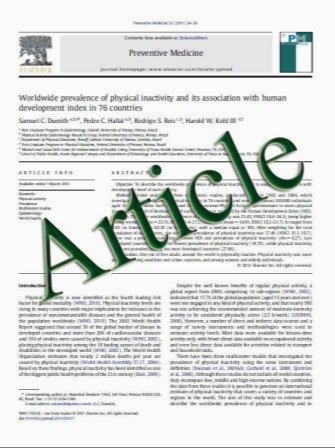A tomographic study of the skull base in primary spontaneous cerebrospinal fluid leaks
- نوع فایل : کتاب
- زبان : انگلیسی
- مؤلف : Alexandre Varella Giannetti & Roberto Eustلquio S. Guimarمes & Ana Paula M. S. Santiago & Francisco Otaviano L. Perpétuo & Marco Antônio O. Machado
- چاپ و سال / کشور: 2011
Description
Introduction This study aims to evaluate the existence of anatomic abnormalities in the skull base that could contribute to the origin of primary spontaneous cerebrospinal fluid leaks (PSL). Methods Twenty PSL patients were compared with 20 healthy individuals. The following features were measured through an analysis of computed tomography scans: the angles of the petrosal bones and skull base in both the sagittal and coronal planes; the anteroposterior and mediolateral diameters of the anterior skull base, sella, and sphenoid sinus; the depth of the olfactory fossa; the pneumatization of the sphenoid sinus; the position of the crista galli; and the state of the dorsum sellae. Body mass index (BMI) was compared. Results There were no differences between the two groups with respect to the angles and diameters of the anterior cranial fossa and the sphenoid sinus or the depth of the olfactory fossa. Pneumatization of the lateral recess of the sphenoid sinus was more frequent in the PSL group (55%) than in the control group (25%, p=0.053). The dorsum sellae were eroded in 30% of the PSL patients but intact in all healthy subjects. PSL subjects showed higher sellae (1.0 versus 0.8 cm, p=0.002). The average BMI of PSL patients was higher than that of the control group. Conclusion Global alterations in the skull base of PSL patients were not found. The increase in the height of sellae and the erosion of its dorsum suggest intracranial hypertension. The higher BMI in the case group confirms the relation between obesity and PSL.
Neuroradiology DOI 10.1007/s00234-011-0901-z Received: 7 March 2011 / Accepted: 16 June 2011


